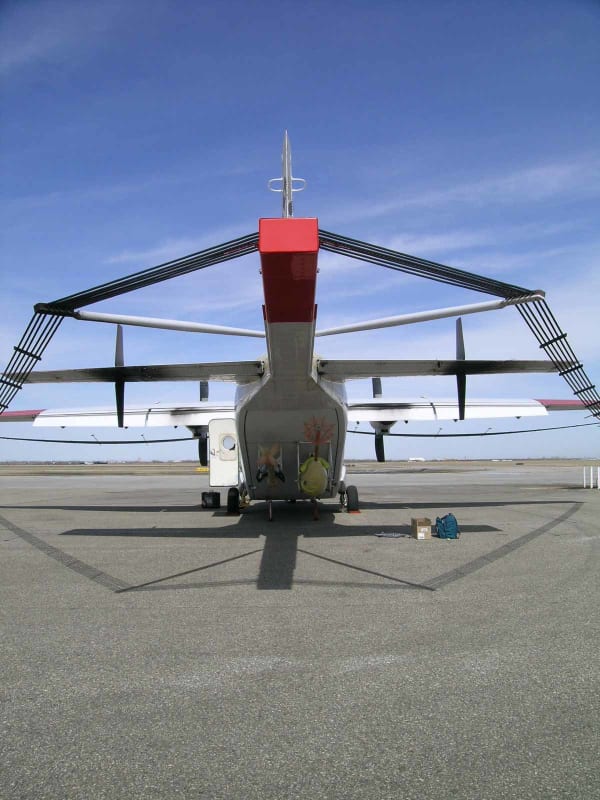Hello,
I'm trying to reconcile what I read about boundary layer thickness, from some sources, with the velocity distribution/profiles from other sources.
I've been using Anderson, Intro to Flight; White, Fluid Dynamics; Hoerner; Fluid Dynamic Drag; and a bundle of NACA reports, but I can't put the two together.
In some places, the BL thickness is given as a simple formula. Often like this for turbulent layer:
d = 0.37 x / (Re_x)^0.2 (Anderson eq. 4.99)
(it's 0.36 in Hoerner Figure 2)
That equation implies there is a distinct boundary layer; below you are in it, above you are out of it. I know that's not true.
Other sources give a velocity profile... parabolic-looking for laminar and logarithmic-looking for turbulent.
That suits what I understand about the BL better, but it is of course more time-consuming to calculate.
Is there a relationship between the two methods? IE; does the simple equation correspond to a particular part of the velocity distribution? Is it 90%? Is it 99%?
Hopefully someone can provide a written source that I can use to substantiate this.
STF
I'm trying to reconcile what I read about boundary layer thickness, from some sources, with the velocity distribution/profiles from other sources.
I've been using Anderson, Intro to Flight; White, Fluid Dynamics; Hoerner; Fluid Dynamic Drag; and a bundle of NACA reports, but I can't put the two together.
In some places, the BL thickness is given as a simple formula. Often like this for turbulent layer:
d = 0.37 x / (Re_x)^0.2 (Anderson eq. 4.99)
(it's 0.36 in Hoerner Figure 2)
That equation implies there is a distinct boundary layer; below you are in it, above you are out of it. I know that's not true.
Other sources give a velocity profile... parabolic-looking for laminar and logarithmic-looking for turbulent.
That suits what I understand about the BL better, but it is of course more time-consuming to calculate.
Is there a relationship between the two methods? IE; does the simple equation correspond to a particular part of the velocity distribution? Is it 90%? Is it 99%?
Hopefully someone can provide a written source that I can use to substantiate this.
STF


